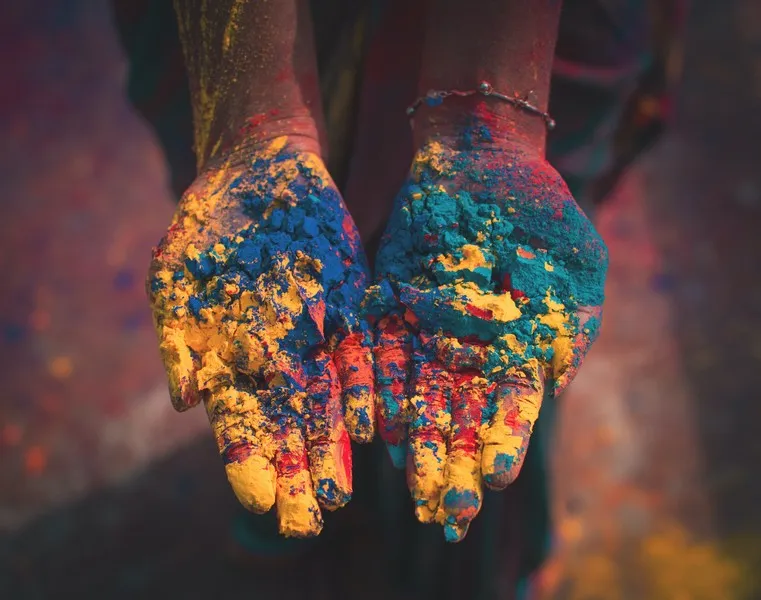Table of Contents
- Understanding Cultural Capital
- The Role of Cultural Capital in Social Stratification
- Implications of Cultural Capital in Various Fields
- Criticisms and Contemporary Relevance
- Cultural Capital in the Digital Age
- Intersectionality and Cultural Capital
- Policy Implications and Social Change
- Conclusion
Pierre Bourdieu, a French sociologist, developed the concept of cultural capital as part of his broader theoretical framework on social stratification and power dynamics. Cultural capital refers to the non-financial social assets that promote social mobility beyond economic means. These assets include education, intellect, style of speech, dress, or physical appearance. Bourdieu’s theory underscores the intricate ways through which social inequality is perpetuated and how individuals and groups maintain or enhance their social status. This article aims to outline and explain Bourdieu’s notion of cultural capital, elucidating its types, functions, and implications in society.
Understanding Cultural Capital
Definition and Components
Bourdieu defines cultural capital as accumulated cultural knowledge that confers power and social status. It exists in three primary forms: embodied, objectified, and institutionalized.
Embodied Cultural Capital
Embodied cultural capital refers to the internalized cultural knowledge and skills that an individual possesses. It includes linguistic skills, cultural awareness, and manners acquired through socialization, primarily within the family. This form of cultural capital is deeply ingrained and often unconscious, shaping an individual’s dispositions and habits, which Bourdieu terms as “habitus.”
Objectified Cultural Capital
Objectified cultural capital comprises physical objects that signify cultural value. These objects include books, artworks, instruments, and other artifacts that one can possess and utilize. Ownership of such items not only provides cultural enrichment but also signals social status and distinction.
Institutionalized Cultural Capital
Institutionalized cultural capital refers to academic qualifications and credentials that validate an individual’s cultural competence and knowledge. Educational degrees and titles serve as formal recognition of cultural capital, facilitating its conversion into economic and social advantages.
The Role of Cultural Capital in Social Stratification
Mechanisms of Social Reproduction
Bourdieu’s concept of cultural capital is integral to his theory of social reproduction, which posits that social inequalities are perpetuated across generations. The transmission of cultural capital within families ensures that children inherit the cultural assets necessary to succeed in the educational system and broader society. This transmission reinforces existing social hierarchies and limits social mobility.
Education System and Cultural Capital
The education system plays a crucial role in the legitimization and transmission of cultural capital. Schools often favor students who possess the dominant cultural capital, which aligns with the values and norms of the upper and middle classes. This alignment advantages these students, enabling them to perform better academically and secure higher qualifications. Conversely, students lacking such capital are disadvantaged, as their cultural dispositions do not match the educational expectations, leading to lower academic achievement and limited social mobility.
Implications of Cultural Capital in Various Fields
Cultural Capital in the Labor Market
Get the full article AD FREE. Join now for full access to all premium articles.
View Plans & Subscribe Already a member? Log in.





